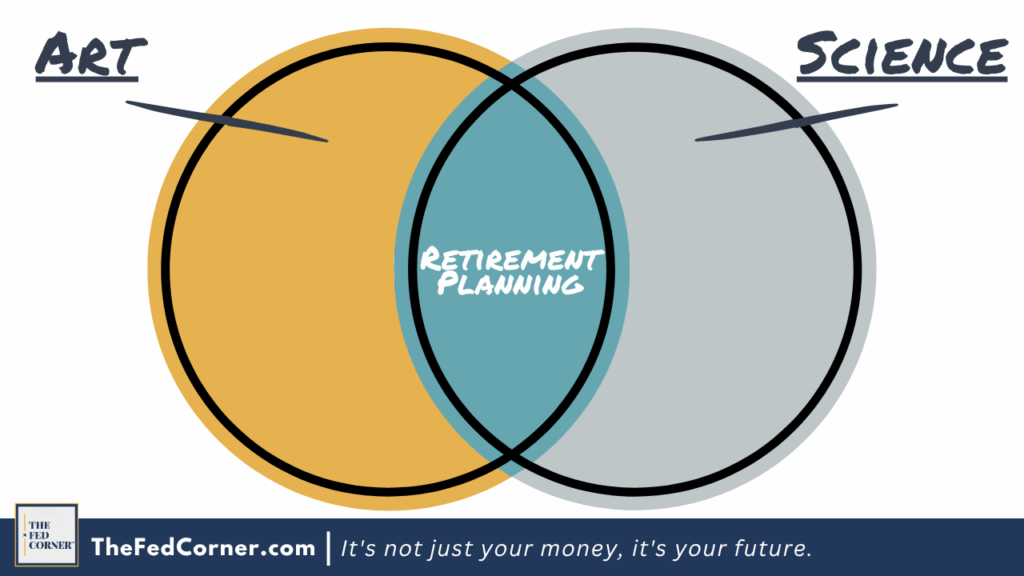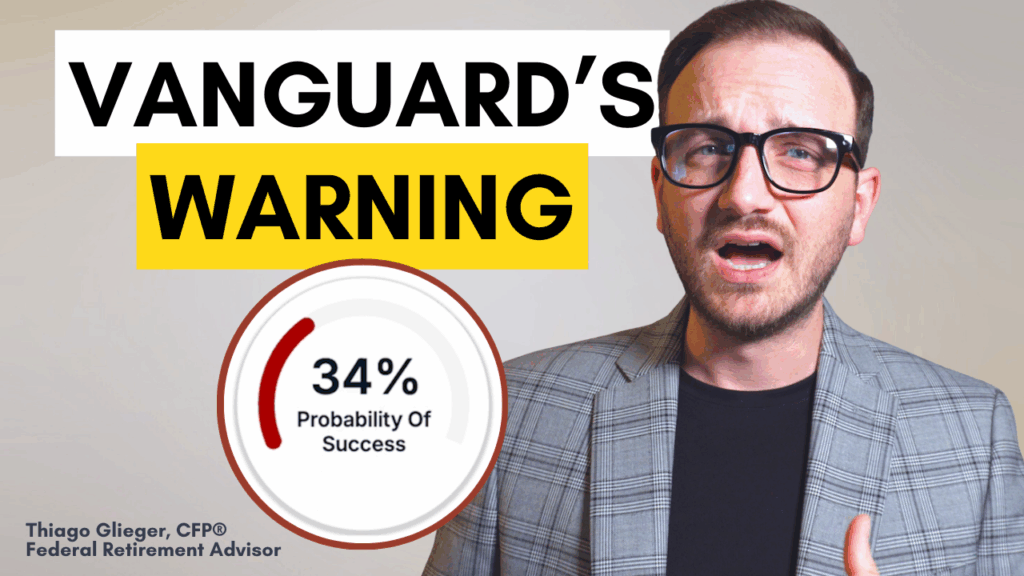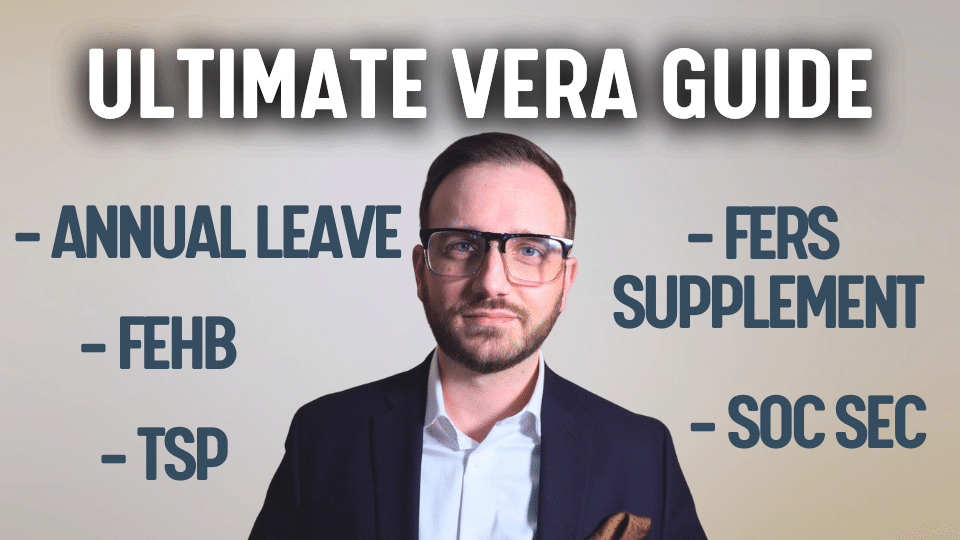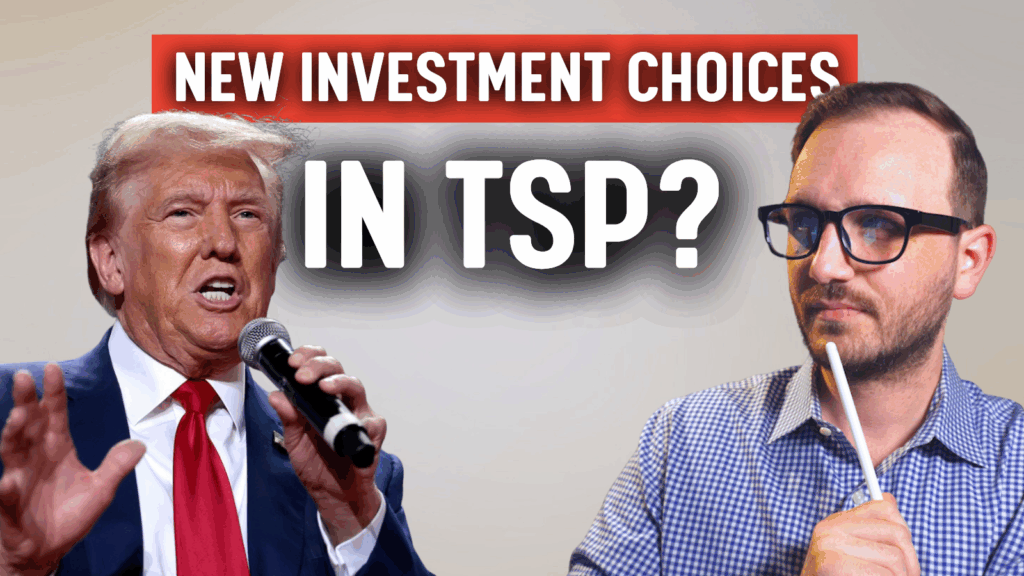Home Upgrades That ARE and AREN’T Worth The Money
As retirement approaches, many federal employees begin shifting focus from career demands to home life—and for good reason. You may finally have the time (and resources) to make your home into the comfortable, enjoyable space you’ve envisioned for years.
But before you commit tens of thousands of dollars to a renovation, it’s important to ask: Is this upgrade actually worth the cost?
Some home improvements can boost your property value and improve your retirement lifestyle. Others, while exciting, may be financial sinkholes. We’ll break down which renovations typically offer a strong return on investment (“ROI”), which ones are best considered personal luxuries, and how to pay for big-ticket projects without derailing your retirement plan.
Home Upgrades That Add Value in Retirement
Planning home upgrades can be exciting, but the thrill of the moment can quickly lead to bad financial decisions.
Kitchen Remodels A well-planned kitchen upgrade remains one of the top ways to add value to your home—especially when the project cost is modest. According to the Journal of Light Construction, a minor kitchen remodel (around $30,000) can return over 70% of its cost upon resale.
That’s great news for federal retirees hoping to modernize the heart of the home. These types of renovations also boost the marketability of your home, which can lead to faster and more competitive offers when you eventually sell.
Problem: who can renovate their kitchen for only $30K? Not here in the DC area, and certainly not in many other parts of the nation. And as your price increases, your ability to recover that cost decreases.
Once your remodel crosses into the $80K–$100K range, your ROI tends to drop significantly—often to just 50%. So, the key is knowing when to stop. Also, always budget for at least 15–20% above the quoted price. Renovations nearly always cost more once walls come down and surprises are uncovered.
Bathroom Remodels
Bathrooms are another strong value-add. The average return on a bathroom renovation in the $20K–$30K range hovers around 60%. Think modern tile, improved lighting, and updated fixtures—not gold-plated toilets. As with kitchens, simpler upgrades often yield better returns.
Stone Veneer Siding
Looking for a high-impact upgrade? Replacing part of your home’s siding with manufactured stone veneer can deliver over 90% ROI according to the Journal. It significantly boosts curb appeal and helps your home stand out in competitive real estate markets. Many real estate agents consider this a premium feature that increases both value and buyer interest.
Deck Additions
A well-built deck doesn’t increase your livable square footage, but it does enhance the living experience—especially during retirement. Having family over in the summer is a blast—and so is grilling in the snow. Expect to recover about 65% of your investment, plus intangible value through lifestyle enjoyment and entertaining.
Upgrades That Won’t Pay You Back (But Might Make You Happy)
Not every project adds resale value—but that doesn’t mean they’re bad. These upgrades are more about enhancing your quality of life than boosting your home’s value. Isn’t that what retirement is all about? Just be cognizant about how this impacts your financial plan long-term.
Home Theaters
Installing a built-in home theater (average cost: $20K–$50K) may be a dream come true for movie buffs, but it typically doesn’t translate into resale value. While I’d personally LOVE to watch all the Star Wars in your fancy theater, your future buyers may see it as a wasted room—or a renovation expense.
Swimming Pools
A pool might sound like the perfect retirement perk, but it often carries heavy baggage. With average construction costs exceeding $65K—and annual maintenance bills in the thousands—pools are often viewed as liabilities rather than assets. Plus, from an insurance perspective, pools are considered an “attractive nuisance,” increasing your personal liability risk.
Outdoor Kitchens
These make a splash at summer parties, but don’t expect to recoup the cost at resale. In most neighborhoods, buyers value square footage and foundational features more than backyard luxuries.
Garage Conversions
Turning your garage into a gym or extra living space may work well for you, but many buyers want their garage back. This kind of customization can hurt marketability and make your home harder to sell, especially in areas where garage parking is in high demand.
Excessive Wallpaper
A highly personalized design choice that’s expensive to install and usually not appreciated by the next buyer. Stick to paint unless you’re fully committed to the aesthetic—and understand it won’t add value.
It’s Not Just About ROI—It’s About UTILs
There’s a concept in financial planning called “UTILs”—a unit of measurement, if you will, that assess utility. In our context, how happy are you that you built that outdoor kitchen?
In retirement, it’s okay to prioritize joy, comfort, and convenience—especially if you’ve been diligent about saving and planning throughout your federal career.
Maybe the outdoor kitchen doesn’t add much in value to your home, but if it means your grandkids are excited to visit every weekend, that may be priceless.
How Should You Pay for It?
Cash is a good answer, but there are other strategies to fund these projects that wealthy families can use, despite what some financial pundits tend to say.
The idea of using anything but cash makes some people nervous, and for good reason. I generally wouldn’t recommend that someone take on a Home Equity Line of Credit (or HELOC) if they don’t already have the cash to fund the project to begin with.
Despite their bad reputation, HELOCs can be powerful financial planning tools when used strategically—especially for retirees in solid financial shape.
It’s simply a matter of choosing NOT to use the available cash because of specific reasons, so let’s get into those.
When a HELOC Makes Sense:
- To avoid large tax hits.Taking $100K from your TSP? You’ll owe federal (and possibly state) income tax on the entire amount, and could bump your Medicare premiums or capital gains tax rate. A HELOC may allow you to spread the cost out and manage tax brackets wisely.
- To avoid selling at a loss.If markets are down, using a HELOC instead of selling depressed investments can protect your portfolio’s growth. The opportunity of recovering your loss is more than a feel-good balance, it’s the ability to maintain your lifestyle long-term.
- As bridge financing.Need a down payment on your next home before the current one sells? A HELOC can fill that gap for a few months without a disruptive withdrawal from your investments. The interest payments for a partial year may be far less than the taxes, possible permanent loss, and IRMAA impacts.
- To potentially deduct interest.When used for primary home improvements, HELOC interest may be tax-deductible—check with your advisor and CPA on feasibility.
I’d be remiss if I didn’t mention: never take out a HELOC for lifestyle expenses like vacations or gifting unless you have a clear payoff plan. And don’t confuse “affording the monthly payment” with truly affording the debt. Interest rates on HELOCs are variable and can rise unexpectedly.
Know Your Goals, Know Your Tools
For retiring federal employees, retirement isn’t just about withdrawing from your TSP or claiming your annuity—it’s about funding a lifestyle that works for you. That might include a beautiful kitchen, a serene deck, or even that outdoor pizza oven you’ve always dreamed of.
Just make sure your financial plan supports it. Renovations should enhance your quality of life without creating unnecessary financial stress or tax burdens.
Smart retirement planning isn’t about saying “no” to spending. It’s about knowing where and how to spend for the best return—whether that’s financial, emotional, or both.
True retirement planning is where smart money decisions meet happy life decisions. After all, it’s not just your money, it’s your future.




